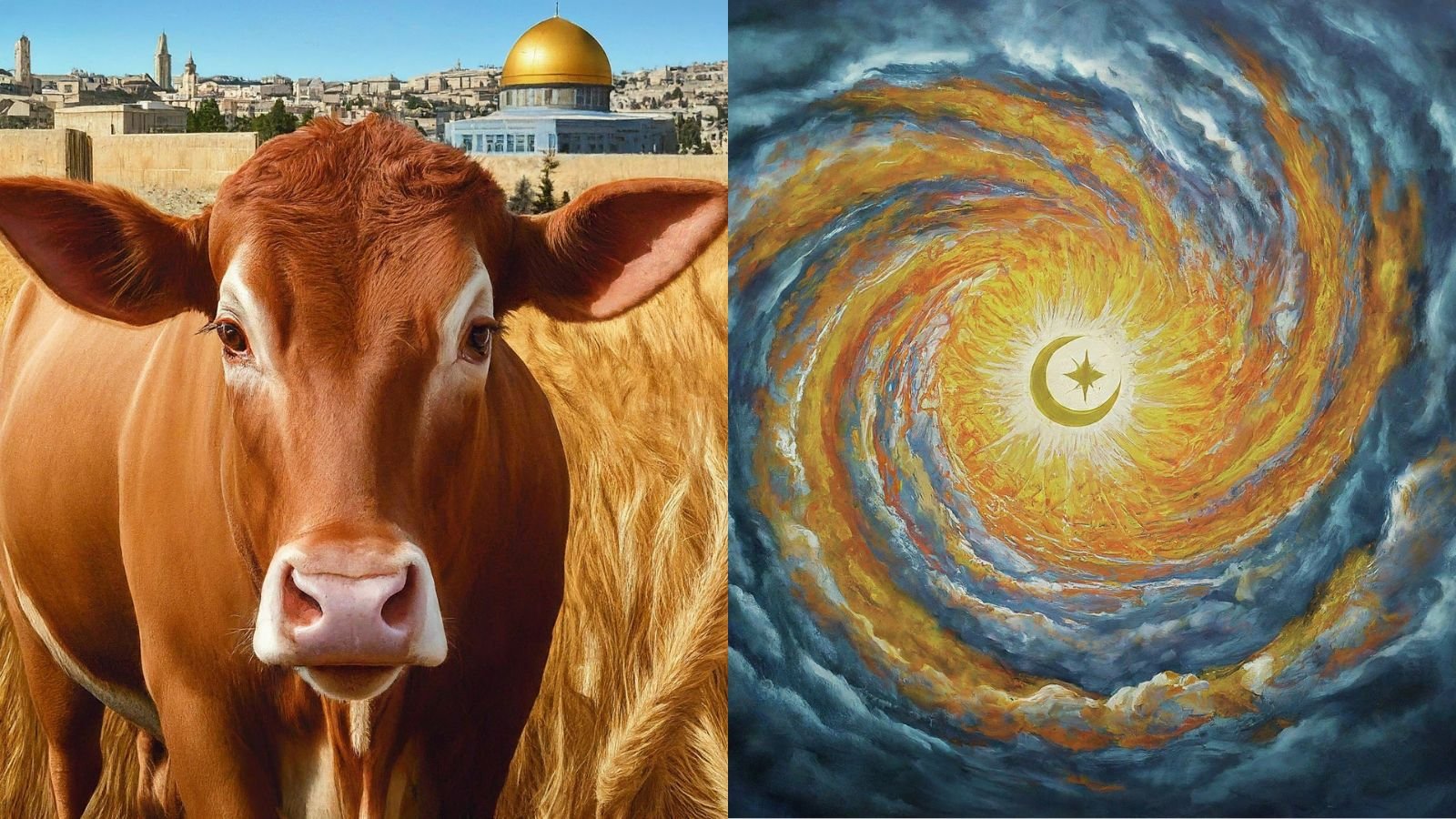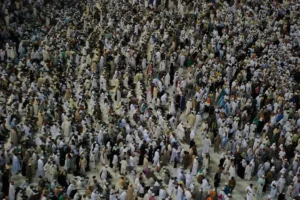The unassuming red heifer has become a lightning rod for religious fervor and geopolitical tension in Israel. These cattle, meeting specific requirements outlined in the Hebrew Bible’s Book of Numbers, are believed by some to be a prerequisite for rebuilding the Third Temple in Jerusalem. The Temple’s destruction in 70 AD by the Romans remains a pivotal event in Jewish history, and the possibility of its reconstruction carries immense weight.
Table of Contents
The Ritual Significance of Red Heifers
The Book of Numbers prescribes the red heifer as part of a purification ritual for those who have come into contact with death. The animal’s ashes, mixed with water, were believed to cleanse individuals and allow them to participate in religious ceremonies. According to some interpretations, these ashes are necessary for priests to officiate at the Third Temple.
Civil Engineer Salaries in Saudi Arabia: 😱You Won’t Believe This!
The Quest for the Perfect Red Heifer
Finding a red heifer that meets the exacting biblical standards—completely red fur with no blemishes and never yoked—is incredibly rare. Rabbinic estimates suggest only nine have ever been identified throughout history. This scarcity fuels the intrigue surrounding recent efforts to locate suitable heifers. Several red heifers, primarily from the United States, have been brought to Israel in recent years, sparking both excitement and controversy.
Prophetic Interpretations and End Times
The appearance of red heifers resonates with certain prophetic interpretations, particularly among some Evangelical Christians. These interpretations view the Temple’s rebuilding as a precursor to the second coming of Christ. The presence of red heifers in Israel is seen as a potential sign that this prophecy is nearing fulfillment.
Geopolitical Tensions
The Temple Mount, the location of the destroyed Temples, is also the site of the Dome of the Rock and Al-Aqsa Mosque, holy sites in Islam. Any attempt to rebuild the Temple on this location would likely ignite significant religious and political tensions. The presence of red heifers is seen by some Palestinian groups as a provocation and a potential first step towards such an attempt.
Beyond the Hype: Scientific and Religious Considerations
The scientific validity of the red heifer ritual and its need for a Third Temple are points of debate. Many modern Rabbinical authorities downplay the practical significance of the red heifer, emphasizing the Temple’s spiritual importance rather than specific rituals.
How Does Islam View the Red Heifer?
While the red heifer holds significance in Judaism, Islam doesn’t directly address this specific ritual in its core texts. However, Islamic beliefs offer some interesting parallels and considerations:
- Monotheism: Both Islam and Judaism are Abrahamic religions, emphasizing the worship of one God, Allah in Islam.
- Prophetsﷺ: Muslims revere many of the prophets revered in Judaism, including Moses (Musa) and Jesus (Isa). Muhammad, considered the final prophetﷺ in Islam, is believed to have received divine revelations confirming previous messages.
- Temple Mount: The Temple Mount in Jerusalem is a sacred site in Islam as well, believed to be the location where Prophet Muhammadﷺ ascended to heaven during the Night Journey (Isra and Miraj). The presence of the Dome of the Rock and Al-Aqsa Mosque hold immense importance for Muslims.
Islamic View on the End Times:
Eschatology, or beliefs about the end times, exists in Islam. Muslims believe in a final judgment, the Day of Judgement (Yawm al-Qiyamah), where people will be held accountable for their actions. Some interpretations within Islam discuss events leading up to this day, but there’s no specific mention of a red heifer.
Overall Perspective:
While the red heifer isn’t a direct point of Islamic theology, Muslims likely view developments surrounding it with interest, particularly if they involve potential changes to the Temple Mount. The importance of the Temple Mount for both religions underscores the sensitivity surrounding any future developments on that sacred site.
Conclusion: A Complex and Evolving Story
The red heifer phenomenon highlights the intersection of religion, history, and current events in Israel. While its ultimate significance remains a matter of interpretation, it has undoubtedly captured the imagination of many and serves as a reminder of the deep-seated yearning for religious renewal in the Holy Land.
FAQs: (Frequently Asked Question)
1. What exactly does the red heifer do?
The red heifer is a component of a specific purification ritual outlined in the Book of Numbers. The ashes of the slaughtered heifer, mixed with water, were believed to cleanse individuals who had come into contact with death, allowing them to participate in religious ceremonies.
2. Why is finding a red heifer so rare?
The Book of Numbers specifies a completely red heifer with no blemishes and never yoked to labor. These stringent requirements make finding such an animal incredibly rare. Rabbinic estimates suggest only nine have ever been identified throughout history.
3. Is the red heifer essential for rebuilding the Third Temple?
Opinions vary. Some interpretations view the heifer’s ashes as necessary for officiating priests to achieve ritual purity. Others emphasize the Temple’s spiritual significance, downplaying the need for a specific ritual. The debate continues among Rabbinical authorities.
4. How do Christians view the red heifer?
Certain Evangelical Christian interpretations see the Temple’s rebuilding as a precursor to the second coming of Christ. The presence of red heifers in Israel is viewed by some as a potential sign that this prophecy is nearing fulfillment.
5. What are the potential political implications of the red heifer?
The Temple Mount, the location of the destroyed Temples, is also the site of the Dome of the Rock and Al-Aqsa Mosque, sacred sites in Islam. Any attempt to rebuild the Temple on this location would likely ignite significant religious and political tensions. The presence of red heifers is seen by some Palestinian groups as a provocation and a potential first step towards such an attempt.




